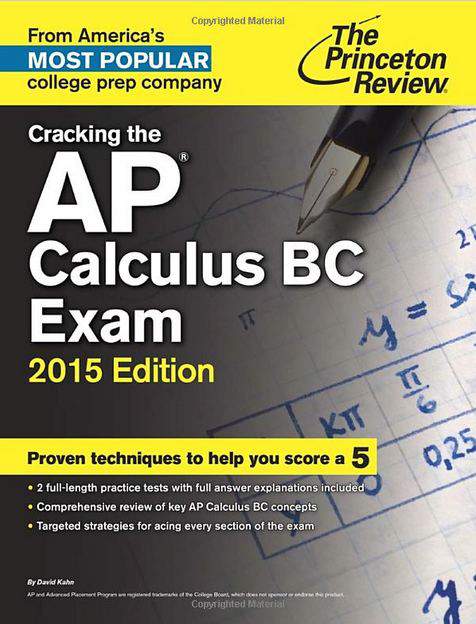Connecting...

This is a quick preview of the lesson. For full access, please Log In or Sign up.
For more information, please see full course syllabus of Calculus BC
For more information, please see full course syllabus of Calculus BC
Calculus BC Improper Integrals
Lecture Description
In this lesson, our instructor John Zhu gives an introduction to improper integrals. He explains improper integrals and the three steps to it, and then goes on to work through some example problems.
Bookmark & Share
Embed
Share this knowledge with your friends!
Copy & Paste this embed code into your website’s HTML
Please ensure that your website editor is in text mode when you paste the code.(In Wordpress, the mode button is on the top right corner.)
×
Since this lesson is not free, only the preview will appear on your website.
- - Allow users to view the embedded video in full-size.
Next Lecture
Previous Lecture










































 Answer Engine
Answer Engine




0 answers
Post by Kevin Hong on April 27, 2014
at about 5:45, you said inverse tangent of infinity is pi over 2 but how did you come up with pi over 2?
1 answer
Last reply by: Huijie Shen
Sun Apr 19, 2015 8:55 PM
Post by Mohamad Oda on April 6, 2014
2*sqrt(2) is the right answer
2 answers
Last reply by: Thomas Zhang
Mon Mar 17, 2014 1:10 PM
Post by Raudel Ulloa on August 6, 2012
I checked in the calcuator for number 5 and the interagal is 2 radical 2, what i got, not 4
1 answer
Last reply by: Raudel Ulloa
Mon Aug 6, 2012 9:48 AM
Post by Chung Teak Joon on April 29, 2012
isnt progress on number four kind of wrong? or am I just misunderstanding the steps?
If we integrate root u, doesnt it have to become 0.5u^0.5??? How did it suddenly become 2u^0.5????